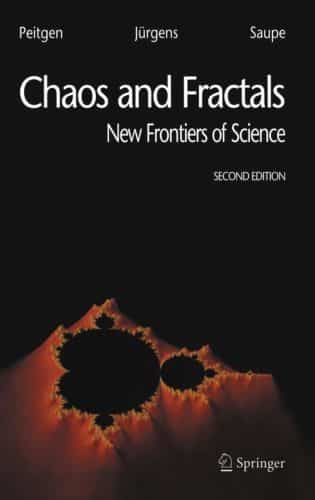“This book sheds new light on the life and career of Wilhelm Conrad Rontgen, showing how his personality was shaped by both his childhood in the Netherlands and his teachers in Switzerland. This book will appeal to all who have an interest in the history of radiology and physics. In addition to this, it investigates the technological advancements that were significant to the birth of radiology in the latter half of the nineteenth century and investigate the impact that the discovery of X-rays had on a wide variety of scientific fields of study.
Rontgen (1845-1923) was born in Lennep, Germany; however, in 1848, he moved to the Netherlands with his family to escape the German occupation. When he was 17 years old, he uprooted his life and moved to Utrecht, where he enrolled in the Technical School and lived at the house of Dr. Jan Willem Gunning. His well-educated parents encouraged him to further his education and attend university as a result. After graduating with a diploma in 1868 from the Federal Polytechnic School in Zurich, he went on to earn a doctoral degree in physics the following year. He attended the universities of Würzburg (1870) and Strasburg (1872), following in the footsteps of his mentor August Kundt, and the same year he married Anna Ludwig. Rontgen was appointed to his first professorship at a German university in 1879, and he later held a chair at the University of Würzburg in 1888. In this location, in 1895, he made the discovery of X-rays, for which he was awarded the first Nobel Prize in Physics in 1901. From the year 1900 until the year 1921, when he finally decided to retire, he worked as a professor of physics at Munich University.”
















